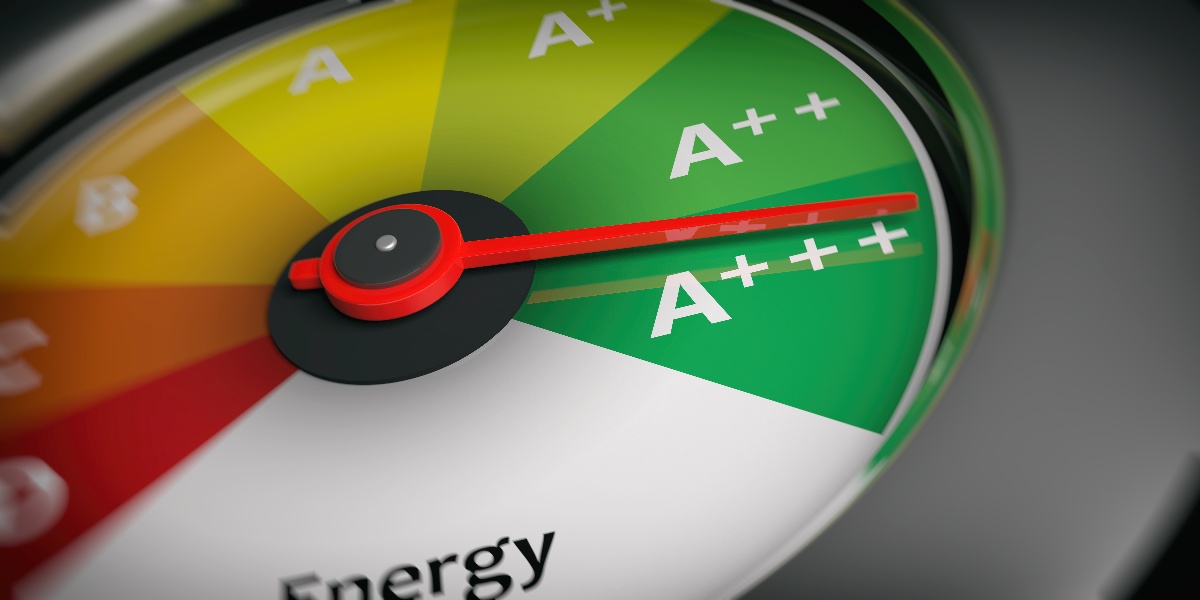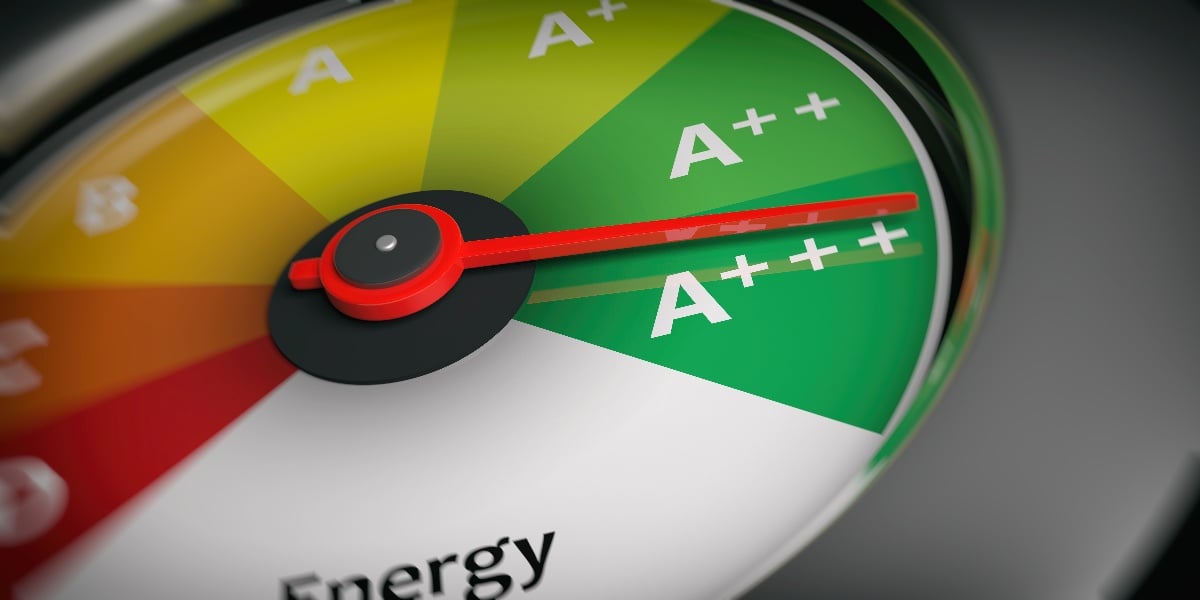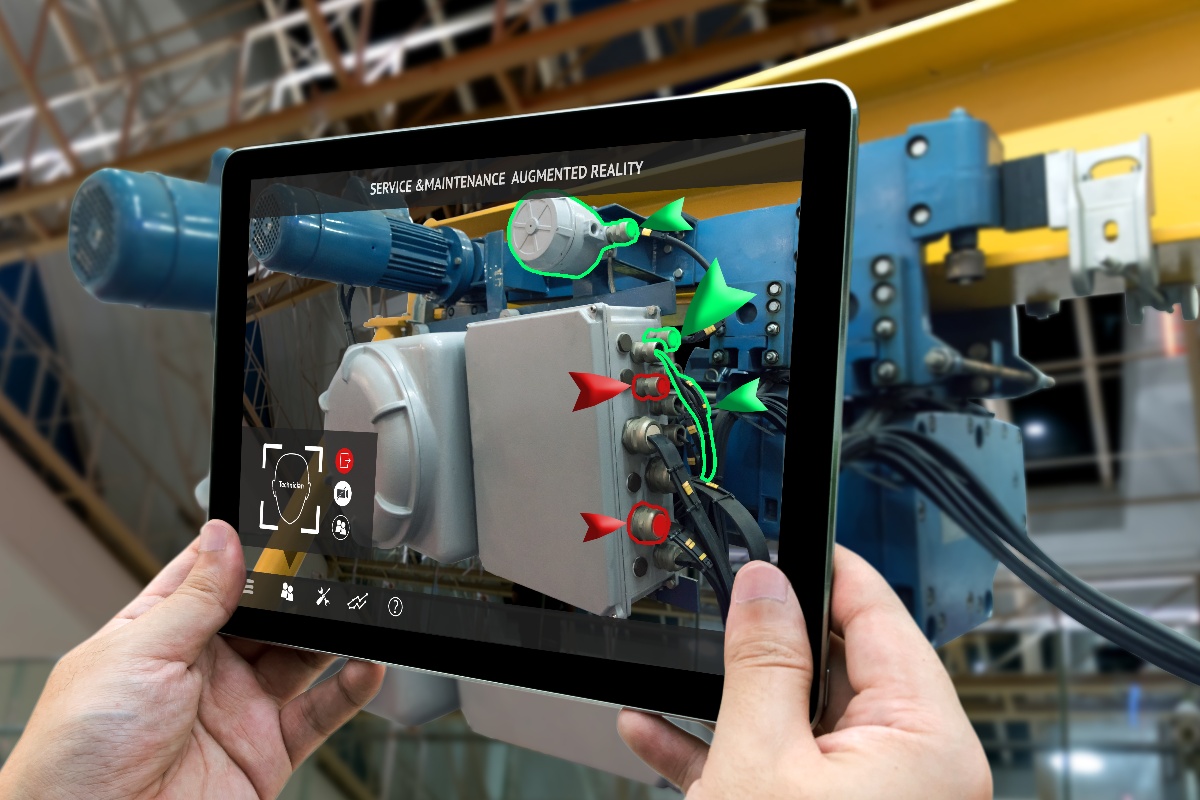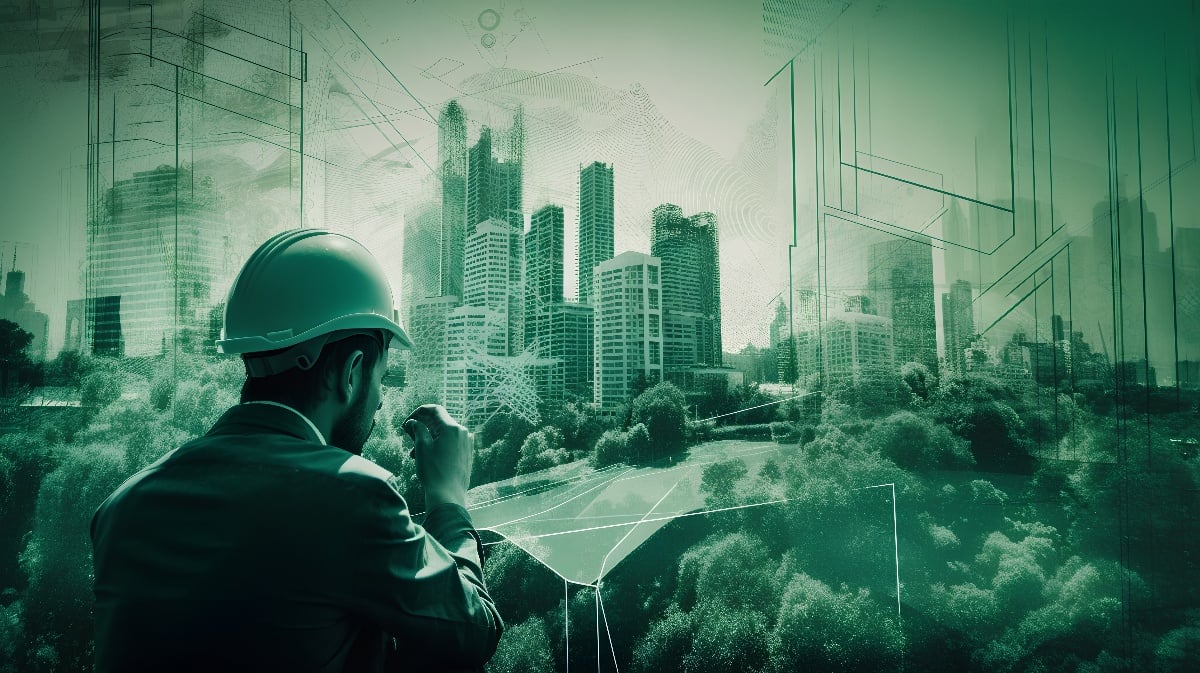
Building energy efficiency is an important factor for reducing environmental impacts resulting from the built environment. Reducing energy needs in buildings leads to less reliance on traditional fossil fuel sources, decreasing emissions and addressing climate change. Additionally, utilizing energy-efficient methods of construction and operations leads to greater cost savings and improved occupant comfort.
Designing buildings for energy efficiency is an important consideration in today's environmental landscape. It is through careful design decisions that an architect can integrate a building into its surrounding environment, optimize its alignment with available utilities and drastically reduce the amount of time, money, and effort needed to power it after the build.
The Importance of Improving Building Energy Efficiency
An energy-efficient building has a far lower carbon footprint as it requires less energy consumption to maintain high-quality services. By increasing the insulation of buildings and installing more temperature-controlling equipment, buildings can reach optimal thermal performance without sacrificing comfort levels or hygiene standards. In addition, these installation measures significantly reduce electric bills, meaning a strong return on investment for individuals, businesses, and governments alike.
A decrease in the demand for electricity results in a proportionate drop in greenhouse gas emissions from power plants that are responsible for their generation. This effect leads directly to climate benefits from reduced soil erosion due to decreased dependence on large infrastructure projects such as dams; improved air quality; lower water use; and healthier ecosystems due to decreased land development from renewable sources needed to make up for losses from non-renewable sources like coal or natural gas.
Making existing homes more efficient is cheaper than constructing new ones since many old homes have problems with draftiness or lack of insulation which need retrofitting solutions that can be cost-effective when performed systematically. Furthermore, homes located in areas with high daytime temperatures may benefit from energy-efficient roofs, which will reflect sunlight and reduce the need for cooling by using less electricity over time due to the reduced load.
Designing Energy-Efficient Buildings
Design plays a major role when creating an energy-efficient building. Every aspect, such as the shape, orientation, materials, and fixtures used in the structure of a building, should be thoroughly considered to ensure energy requirements are kept to a minimum.
The orientation of buildings to take advantage of available sunlight is a powerful resource for passive air heating and natural lighting. Strategically placing windows on the south side of a building provides them with the best access to direct sunlight throughout the day while still providing sufficient shade from any westward exposure in hotter climates. The proper choice of construction materials also plays a major role in achieving energy efficiency, as certain building primaries are more resilient or better insulated than others.
An effective HVAC system is critical in tempering interior climates while still consuming minimal power. Innovative designs allow architects to better control air circulation within a space and choose appropriate air conditioning systems for local climates, reducing overall monthly bills. Windows that are well sealed provide a tighter seal against exterior moisture infiltration while efficiently trapping heat within; pairing them with the right insulation further aids this process. Finally, LEDs produce much less power loss than traditional lighting fixtures while still providing excellent illumination capabilities - making them a perfect choice when creating energy-efficient buildings.
Factors Impacting Material Building Energy Efficiency
Choosing the right material is an essential part of improving building energy efficiency. Choosing the wrong type of materials can have a negative impact on temperature regulation and ventilation, leading to skyrocketing energy bills, while the material of choice can also affect the resilience and longevity of a building from external stressors. Environmental factors are some of the most important reasons for material selection.
Heat conductivity is one key factor; many materials are not able to contain or keep warmth as much as others due to their conductive characteristics. Consequently, it is important to choose materials that will absorb, store, and release heat with higher efficiency in order to maintain comfortable interior temperatures.
Durability also plays a major role when selecting the right material. The ability of a building element to resist regular wear and tear throughout different weather conditions becomes an important factor while improving efficiency. Thermal bridging increases radiant cooling loss, so building elements should be designed with the correct configuration in order to keep temperatures consistent.
The insulation capacity of the material used must be taken into consideration during construction; by creating a higher insulation layer around space, there will be less energy consumed by HVAC installation and maintenance systems that work day and night across seasons. Air-tightness needs to be addressed when fitting doors, windows, or any other part needed for regulating airflow through spaces. If proper fixtures aren’t used, then air could get shunted, causing further energy losses than required.
Improving Building Energy Efficiency Using Fiberglass Reinforced Plastic
Using fiberglass-reinforced plastic (FRP) to make building features, such as doors, windows, roofing material, and walls, provides a number of benefits with regard to improving energy efficiency. This material is lightweight yet strong and durable, making it well-suited for various building applications. Here are five reasons why FRP is such a great choice for increasing energy efficiency:
First, FRP typically has higher thermal insulation properties than other materials, drastically reducing the transfer of heat outside or inside the building. Additionally, FRP can be manufactured in thin sections while still providing strength. This thinness allows heat to remain on one side or the other, preventing thermal bridging from occurring across building features that would cause energy waste.
Second, FRP is renowned for its resistance against both ultraviolet light and chemicals. This means that unlike other materials commonly used for building features, an FRP unit won't degrade over prolonged periods of time due to external elements - thus ensuring the longevity and effectiveness of the building over long-term service.
Third, FRP can be easily joined together with adhesives using contact cement and thermo bonding technologies, so there are no gaps upon assembly. This prevents warm air from leaking through tiny crevices, which again leads to improved energy efficiency. Also, because this joining process does not require welding or soldering, installation time is cut down significantly compared to similar structures made from materials such as steel or aluminum.
Fourthly, unlike wood or metal doors that require continuous maintenance due to regular weathering conditions like corrosion and rot, FRP building features are designed specifically for long life in external environments without any extra care required–helping ensure continued energy performance over years of use.














